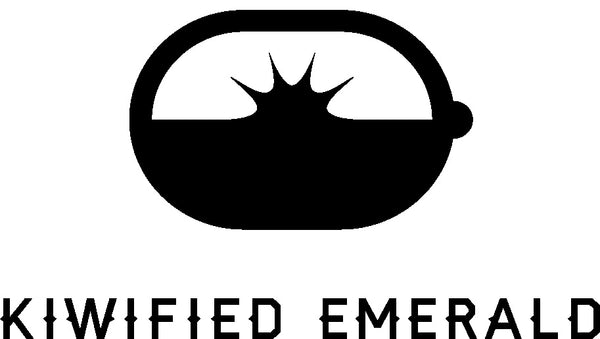Natural Pearls
Most of the pearls on the market are cultivated artificially, with natural pearls being very rare. Natural pearls typically develop in temperate waters at depths of 8 to 15 meters. They form when tiny substances such as bacteria or grains of sand enter the body of the pearl oyster. Natural pearls are classified into two main types based on their origin: Oriental pearls and South Sea pearls. Oriental pearls come from the Persian Gulf and Sri Lanka, while South Sea pearls come from regions such as Myanmar, China, the Philippines, and Australia.
The Origin of Pearl Cultivation
By understanding the principles of pearl formation, humans developed the pearl cultivation industry. China was the first country to practice pearl cultivation, with ancient methods recorded in the book "Wenchang Zalu" by Pang Yuanying during the Song Dynasty (960-1279) in China. Later, Japan perfected these cultivation techniques. Mikimoto Kōkichi, the founder of the famous pearl brand Mikimoto, is often called the "father of the pearl". He conducted research and experiments based on ancient pearl cultivation methods, successfully cultivating pearls of various shapes. In 1883, Mikimoto managed to cultivate semi-spherical button pearls. In 1893, he cultivated the first round pearl in history, paving the way for the production of high-quality pearl jewelry.
The Pearl Cultivation Process
Today, the pearl cultivation process includes several steps: larva cultivation, nucleus or mantle insertion, pearl farming, and pearl harvesting. Researchers from the GTC have made several field visits to regions such as Zhuji, Zhejiang, China, and Zhanjiang, Guangdong, China, to study freshwater and seawater pearl cultivation, gathering firsthand information on optimized cultivation and treatment techniques.

Types of Cultivated Pearls
Pearl jewelry from freshwater is produced by inserting pieces of mantle tissue into mussels, while seawater pearls require the insertion of solid nuclei. Different species of mussels and oysters are used for different types of pearls. For example, Akoya pearls are cultivated in Pinctada fucata oysters, black pearls in Pinctada margaritifera oysters, and South Sea pearls in Pinctada maxima oysters.
Pearl Farming and Harvesting
After the insertion of nuclei or mantle pieces, the oysters are placed in waters suitable for their growth. The farming period can last from several months to several years depending on the type of pearl. During this period, the oysters are regularly inspected and cleaned to ensure their health and the quality of the pearls.

The Harvesting Process
Pearl harvesting generally takes place between November and March. Once the pearls are harvested, they are cleaned to remove impurities and prepared for subsequent steps such as bleaching, polishing, and drilling. This meticulous process ensures that each pearl jewelry piece is of the highest quality, worthy of being in the finest jewelry collections.
Conclusion
Thus, pearl cultivation is a complex and delicate process, requiring considerable expertise and constant care. Each pearl is precious, and the resulting pearl jewelry pieces are the fruit of dedicated and passionate work.
To read: The Pearl

